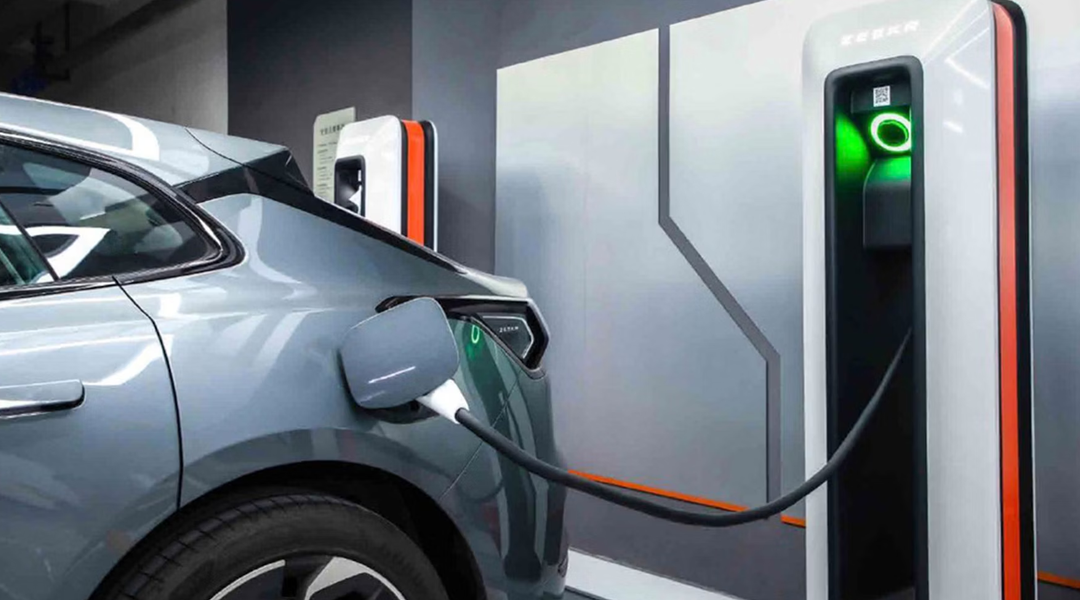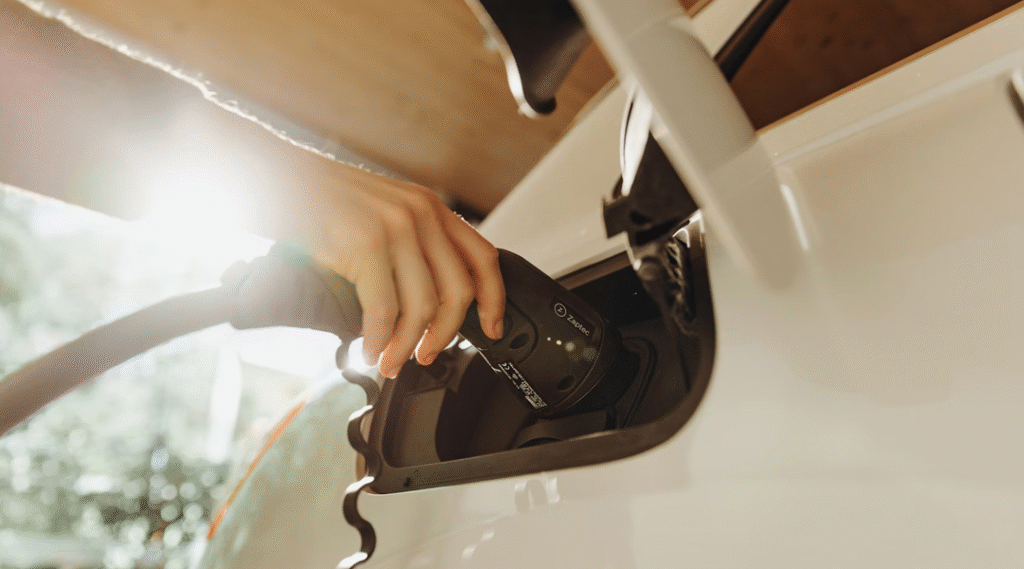Batteries for electric vehicles have shifted from a single hardware component to the central strategic focus of the auto industry. Multiple innovation pathways — incremental lithium-ion refinements, silicon-heavy anodes, lithium-metal/anode-free designs, solid electrolytes, rapid-charge architectures, and large-scale recycling — are advancing at once. Together they’re extending range, shortening charging times, and cutting lifecycle environmental impacts.
Reimagining the Anode: Anode-Free and Lithium-Metal Routes
A prominent near-term approach is the anode-free or lithium-metal design, which eliminates the conventional graphite anode during cell manufacture and forms a thin lithium metal layer on first charge. That change frees space inside the cell for more active cathode material, potentially boosting usable energy density by roughly 20–30% under favorable conditions — a benefit that can either extend driving range or allow smaller, lighter packs. Panasonic’s 2025 announcement of an anode-free development program illustrates industry interest in this pathway as a practical lever for higher capacity and better range.
Solid-State Batteries: Big Promise, Staged Rollout
Solid-state batteries replace flammable liquid electrolytes with solid materials, offering prospects for higher energy density, improved safety and faster charging. Importantly, the technology is now being demonstrated outside strictly academic settings: companies like QuantumScape and partners have shown solid-state lithium-metal cells in vehicle demonstrations (for instance at IAA Mobility), signaling that developers and OEMs are transitioning from benchtop proofs to vehicle-level testing. Still, producing large-format solid-state cells at automotive scale faces substantial hurdles — manufacturing complexity, stable interfaces between materials, and cost — meaning wider adoption will likely follow incremental milestones.
Silicon Anodes: the Pragmatic Near-Term Upgrade
Silicon-enhanced anodes are the most immediately practical way to boost energy density because they can often be integrated into existing lithium-ion production lines. Silicon can host much more lithium by weight than graphite, but it expands dramatically during charging and can fracture unless engineered to accommodate that change. Firms such as Sila and Amprius are commercializing silicon-composite anode materials and scaling production, enabling tangible range improvements from cells that are still compatible with current manufacturing processes.
Ultra-Fast Charging: an Integrated Engineering Problem
Achieving much faster charging is not only a materials challenge — it’s a systems engineering one. High C-rate charging requires electrode structures and electrolytes that tolerate rapid ion movement, separators that withstand stress, and pack-level thermal systems that remove heat quickly. Advances in electrode microstructure, separator chemistry, and active cooling architectures are permitting higher charge rates in some modern cells while managing degradation. When cells, vehicle pack systems, and public fast-charging infrastructure are designed together, multi-minute top-ups for long-distance trips are becoming realistic for certain models, though warranty-grade longevity and broad validation are still essential.
Recycling and Circular Supply Chains: Turning Waste into Feedstock
How battery materials are sourced and handled at end of life increasingly affects both economics and carbon accounting for EVs. Recycling companies and materials firms are scaling from pilots to commercial partnerships: Redwood Materials, for example, is forging deals with automakers to reclaim and reprocess cathode and anode materials into precursors for new cells. Such industrial recycling flows are crucial to reduce reliance on primary mining and to lower the embodied carbon of batteries at scale.

What Commercialization Will Likely Look Like
Expect a layered market rollout rather than a single technological victor. Over the next 1–3 years, silicon-augmented lithium-ion cells and smarter pack engineering (thermal systems, software, cell layout) will provide most consumer gains because they fit existing factories and supply chains. More disruptive chemistries — anode-free lithium-metal and full solid-state designs — will continue advancing through pilots and limited models and may expand as manufacturing yields improve and costs decline. In practice, OEMs and suppliers are pursuing both incremental boosts and transformative bets simultaneously.
What consumers can expect
- Short term (1–3 years): steady, noticeable range improvements, improved cold-weather performance, and faster DC charging for compatible vehicles, largely driven by silicon anodes and better pack cooling.
- Medium term (3–7 years): select production models or limited editions may feature anode-free or solid-state packs that deliver substantial jumps in range and safety if scale-up succeeds.
- Long term (7+ years): matured recycling, direct-recovery technologies and low-cost advanced chemistries could markedly reduce lifecycle emissions and raw-material exposure.
Not a Single Breakthrough
Progress in EV batteries is not a single breakthrough but a set of complementary advances: denser anodes (silicon), higher-energy cell architectures (lithium-metal/anode-free), safer electrolytes (solid-state), improved charging systems, and scalable recycling that closes the materials loop. Corporate moves — from Panasonic’s anode-free program to QuantumScape’s demonstrations and the scaling efforts among silicon anode firms and recyclers — show these paths are already being executed. Over the coming decade the market will judge winners by cost, safety, manufacturability and supply-chain resilience; regardless of which technologies dominate, batteries will remain the principal driver of vehicle electrification.
Articles of relative topics your may like:
Electric Champions Unveiled: A Deep Dive into Which EV Brands Will Reign Supreme
7 Automotive Technologies Poised to Revolutionize the Market
Innovating on the Assembly Line: AI’s Transformative Role in Automotive Development
Battery Monitoring Intelligence in the Automotive Industry
Elon Musk’s Master Blueprint for Tesla
As for in-depth insight articles about AI tech, please visit our AI Tech Category here.
As for in-depth insight articles about Auto Tech, please visit our Auto Tech Category here.
As for in-depth insight articles about Smart IoT, please visit our Smart IoT Category here.
As for in-depth insight articles about Energy, please visit our Energy Category here.
If you want to save time for high-quality reading, please visit our Editors’ Pick here.



